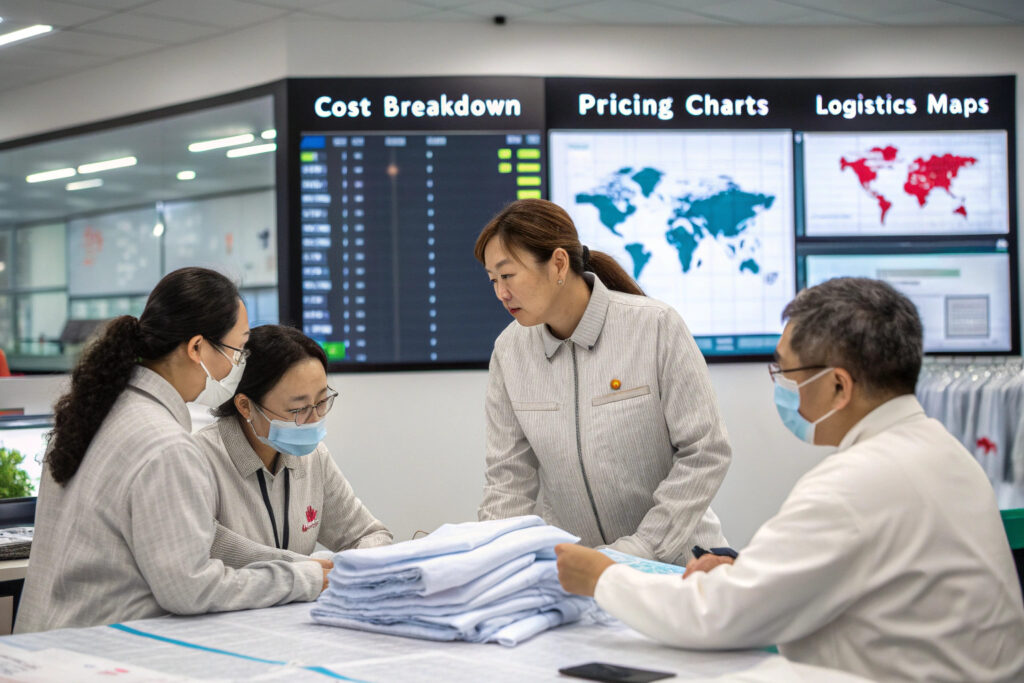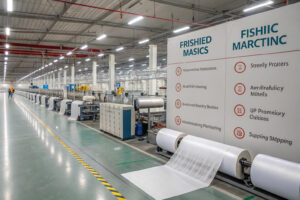As a reusable fabric mask manufacturer based in Keqiao, China, I often get this question from global buyers: “How can we get accurate and fast pricing without all the back-and-forth?” Whether you're a brand buyer, startup founder, or a trade company sourcing in bulk, your time is valuable—and so is every cent you budget.
To get fast and accurate pricing for custom reusable fabric masks, you need to prepare the right specifications, choose a reliable manufacturer with clear costing systems, and understand all cost layers including fabric, labor, packaging, logistics, and tariffs.
But knowing that is just the start. What separates a 2-day quote from a 10-day confusion? And what helps you spot a “low quote” that will backfire? Let me walk you through everything we’ve learned from working with over 300 fabric mask clients across the US, Europe, and Southeast Asia.
What Info Do I Need to Get a Fast Mask Quote?
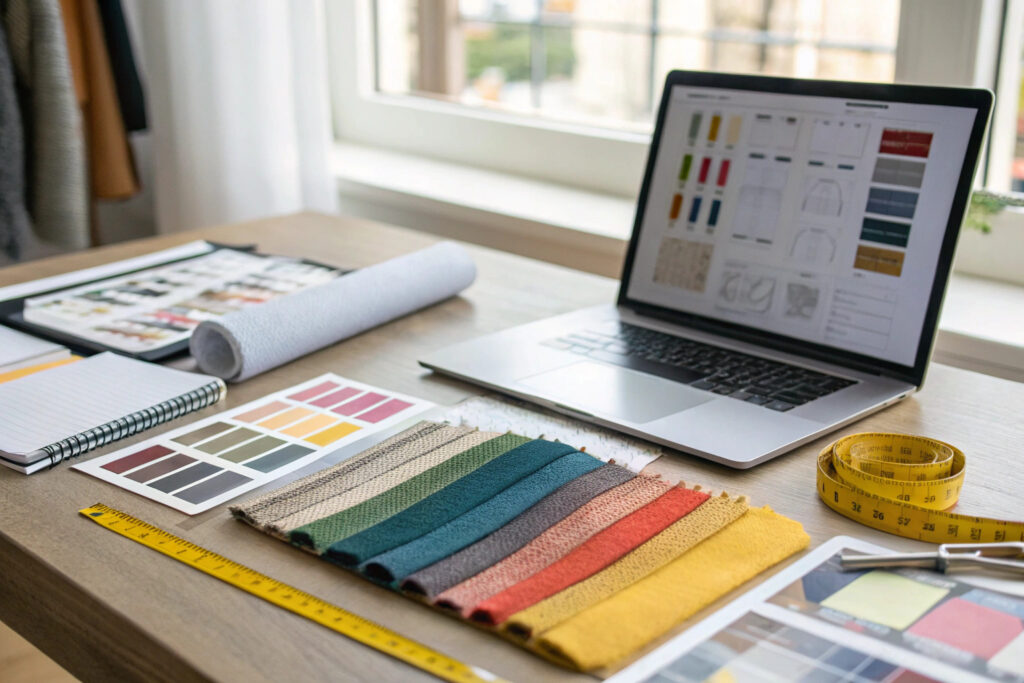
Why Is a Complete Tech Pack Crucial?
A complete tech pack is your fast pass to a reliable quote. This includes front and back sketches, size specs, materials, layers, stitching type, and packaging preferences. When we receive vague requests like “I want a breathable cotton mask,” we have to guess, ask more, or risk inaccurate pricing.
A detailed tech pack allows us to simulate costing instantly. For example, if you provide GSM, mask shape (like Duckbill), and packaging unit (e.g., zipper bag, opp bag), we can cost within 12-24 hours. Tech packs help us skip 4–5 rounds of clarification emails.
Can I Use Sample References Instead?
Yes—if the physical sample or clear photos include full dimensions, materials, and features. For example, if you send a 3D contour mask with adjustable earloops and a filter pocket, we can reverse-engineer a cost sheet.
But we still need to confirm fabric type (polyester vs. cotton), nose wire specs, and custom labeling before finalizing. Clear photo references are fast, but they still need confirmation to be accurate.
What Factors Influence Custom Fabric Mask Pricing?
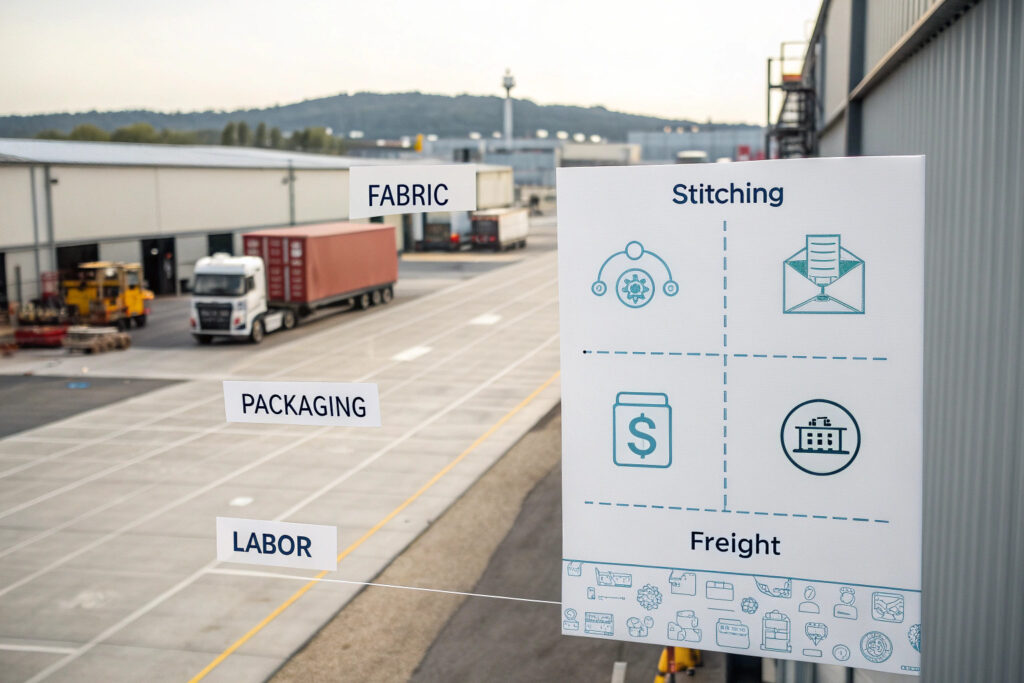
How Does Fabric Type Impact Cost?
Fabric is often 40–60% of total cost. Using GOTS-certified organic cotton, bamboo blends, or antimicrobial polyester increases material costs but adds value in premium markets.
Lower-cost options like standard dyed cotton or single-jersey polyester reduce cost by 20–30%. However, if breathability or washing durability is important, it’s better to invest in mid-tier blends. We always advise testing via lab dips and fabric swatches before bulk orders.
Do Add-On Features Affect Unit Price?
Absolutely. Features like nose wire, adjustable straps, 3+ layers, filter pockets, antimicrobial finishes, or special printing (sublimation, foil) can add $0.10–$0.60 per piece.
Add-on costs multiply with larger volumes. So, if you’re planning 50,000 pcs with a $0.20 add-on, that’s $10,000 more. Knowing these ahead lets you choose the most cost-effective upgrades.
How Can I Avoid Pricing Delays From Factories?
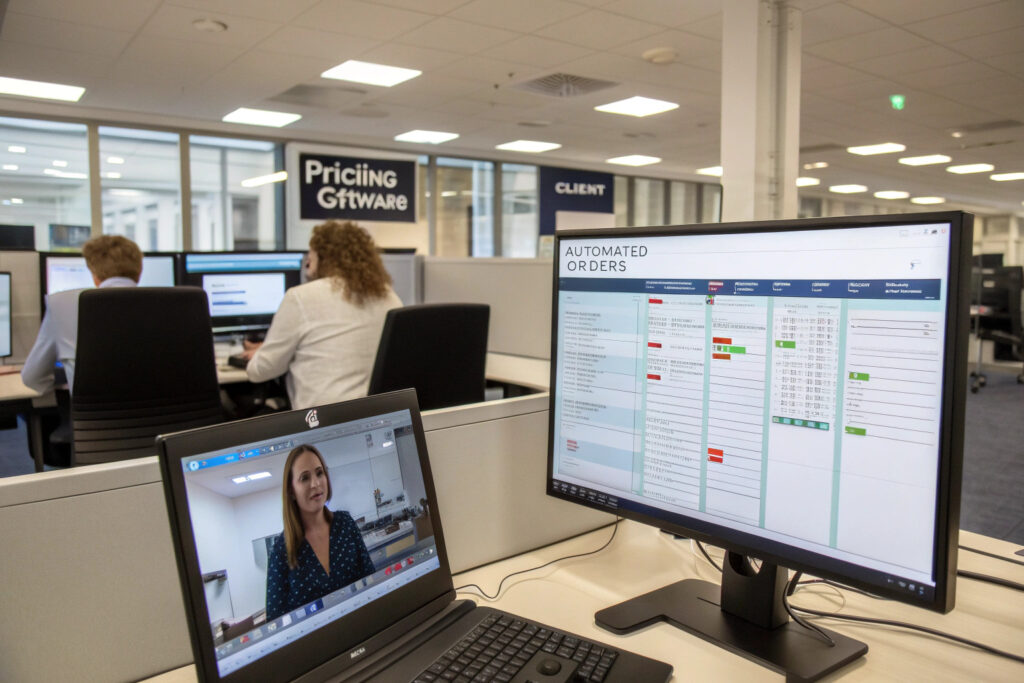
Why Is Factory Communication So Slow Sometimes?
Many factories lack a pricing system and rely on manual Excel inputs across departments—fabric buyer, production planner, QC, shipping, etc. If one party doesn’t reply quickly, your quote is stuck.
We solved this by using a real-time quotation system where fabric cost, labor, overhead, and freight are linked. Our system generates digital proformas based on spec inputs and real-time inventory data. Clients receive quotes faster, with live cost visibility.
What If My Supplier Keeps Changing the Quote?
That’s a red flag. Some factories don’t lock pricing unless they’ve secured materials. Currency fluctuation, fabric availability, or dyeing lead time might affect final quotes.
We recommend working with manufacturers who offer validity periods (usually 7–14 days) and commit to honoring quotes within those windows. This prevents price jumps due to raw material instability.
How to Estimate Final Landed Cost for the USA?
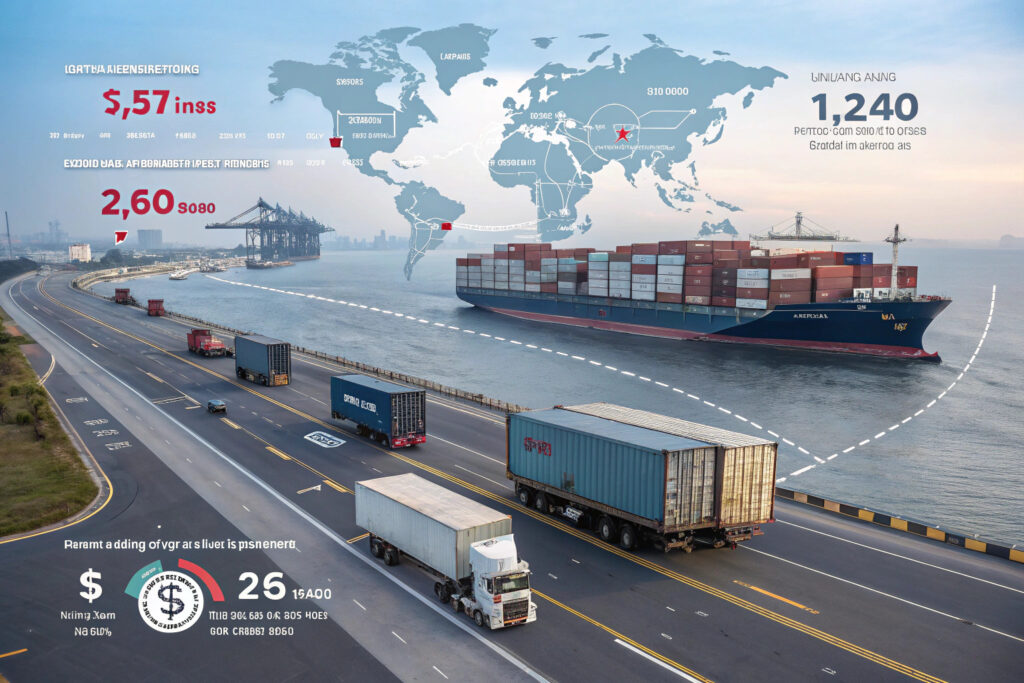
What Are the Key Cost Layers Beyond the Factory?
Many buyers mistakenly stop at FOB pricing. But for custom masks, you must factor:
| Cost Layer | Description |
|---|---|
| FOB Factory Price | Base cost including product + packaging |
| Freight (Air/Sea) | Shipping cost—changes weekly; varies by volume & incoterms |
| Tariff/Duties | Typically 7–15% for fabric masks depending on material origin |
| Customs Handling Fees | Local charges at port of entry (USA) |
| Local Delivery | Trucking from port/airport to warehouse |
We offer DDP options for clients in the US—so you can get an all-inclusive quote covering everything from our factory door to your warehouse.
How Can I Predict Tariffs on Fabric Masks?
Customs duties depend on the HS code and fabric composition. For example, polyester/cotton blend masks often fall under code 6307.90, taxed at 7.1% unless exemptions apply.
We work with brokers to pre-screen tariffs and provide estimated costs in advance. If you're shipping over $800 per order, U.S. CBP will collect duties at port. Knowing this early avoids unexpected customs delays.
Conclusion
Accurate and fast pricing for reusable fabric masks is no longer a guessing game—if you work with the right partner. From tech pack preparation to fabric selection, quoting systems to tariff pre-checks, every step matters.
At ChinaClothMask, we’ve helped 300+ buyers from the US, Europe, and Southeast Asia reduce quoting time by 70% and land cost risks by 90%. Want to do the same for your next custom mask order?
Reach out to us at Shanghai Fumao. You can contact our Business Director Elaine directly at elaine@fumaoclothing.com—we’re ready to help you quote smarter and ship faster.

